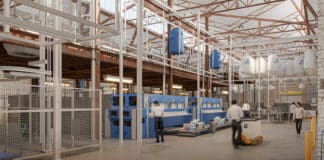By Dave Colbert
From food supply to public health to the very structural safety of buildings, rodents present an immense threat that many people underestimate. As the weather gets colder, rodents will begin doubling their efforts to get inside buildings. Rats have been known to gnaw through plastic, wood, aluminum, brick, cement, and even lead in search of food and shelter. They can squeeze through minuscule openings, climb wires and rough surfaces, swim considerable distances, and tread water for several days. They are not easily deterred.

But for facilities management teams, keeping them out of buildings is paramount to protecting those who live and work inside. Pest control experts worldwide agree that exclusion — using physical barriers to prevent rodents from entering a building in the first place — is the safest, most effective tool in the fight against rodents. Once they’re inside, it’s already too late.
Rodents cost the world’s economy billions of dollars each year¹, and eat or contaminate at least 20 percent of the world’s food supply.² In one year, a single rat can shed more than half a million body hairs, and a mouse can produce up to 18,000 fecal droppings.
All rodents carry diseases including rat bite fever, hantavirus, leptospirosis, salmonellosis, murine typhus, and even the bubonic plague. Once inside, rodents can quickly cause an enormous amount of structural damage by chewing through walls, floors, support beams, and wiring, leading to short circuits and even fires.
With the help of an accredited pest professional, facilities management teams can safeguard their buildings with the following strategies:
- Search the foundation for cracks, gaps or holes — a mouse can fit into a space the size of a dime, and a rat into one the size of a quarter.
- Check all doors, door frames, and garage doors to ensure there is a tight seal. Damaged or missing door sweeps are one of the most common rodent entry points.
- Ensure all windows, screens, and window panes, including window wells, are in good repair.
- Carefully check all openings where plumbing, gas, and electric or cable wiring enters the building. Dryer vents and exhaust vents are also popular targets. Remember that entry points near the ground aren’t the only ones at risk — most rodents have no difficulty scaling siding, wires, or branches.
- Be sure to inspect the roof line for any gaps. Ensure that shingles, ventilators, chimney and vent screens are all in place and undamaged. Make sure the chimney cap is secure as well.
- Place all garbage in heavy-duty cans and store away from the building.
- Loading docks are notorious for rodent pressure. Carefully seal every gap surrounding the many working parts, from the top of the loading dock door to the small vertical gap on each side, to the gap created by the dock leveler and the often-overlooked opening surrounding the pull chain.
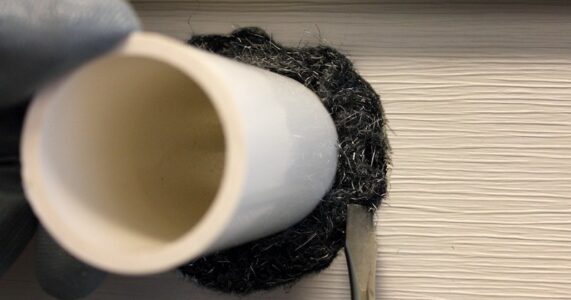
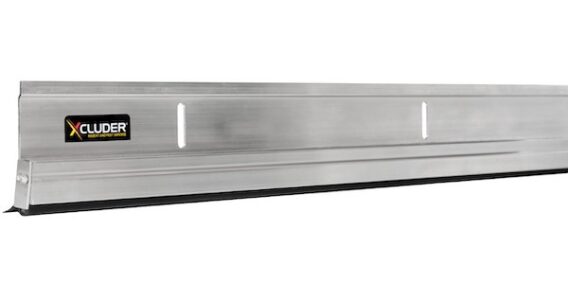
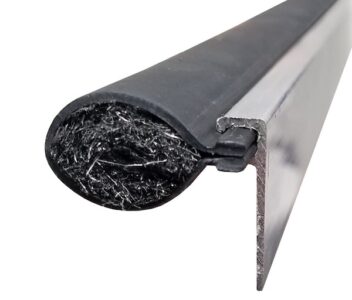
The use of proper exclusion tools is critical to effectiveness. Caulk, mortar, and spray foam products offer little to no protection against the gnawing power of rodents. Steel wool faces rusting and decomposition over time and therefore requires regular replacement. Standard rubber door sweeps won’t last the night against a determined rodent.
The battle against rodents is not easily won, but a comprehensive, well-supported exclusion plan is the most effective tool in keeping rodents out and protecting those within.
Notes
¹ U.S. News & World Report
² Indiana Department of Health
 Dave Colbert is the Vice President of Sales for Xcluder. With nearly 15 years of experience working with Pest Management Professionals in North America, Europe and Asia, Dave has played a key role in the development and growth of the global exclusion market. He has spearheaded the development of many of the exclusion technologies available in the Xcluder catalog. A participant in Bobby Corrigan’s Rodent Academy, Dave works with facility management teams and Pest Management Professionals to develop exclusion strategies for a wide variety of industries including schools, universities, museums, retail chains, grocery stores and food service, distribution, and manufacturing facilities.
Dave Colbert is the Vice President of Sales for Xcluder. With nearly 15 years of experience working with Pest Management Professionals in North America, Europe and Asia, Dave has played a key role in the development and growth of the global exclusion market. He has spearheaded the development of many of the exclusion technologies available in the Xcluder catalog. A participant in Bobby Corrigan’s Rodent Academy, Dave works with facility management teams and Pest Management Professionals to develop exclusion strategies for a wide variety of industries including schools, universities, museums, retail chains, grocery stores and food service, distribution, and manufacturing facilities.




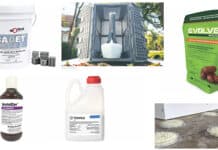
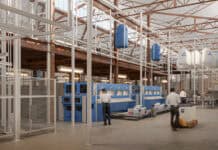

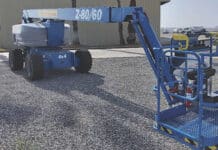
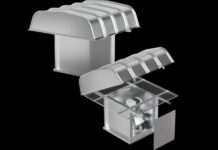


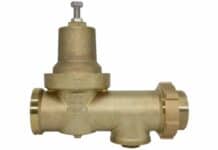




![[VIDEO] Job Order Contracting: Accelerating the Projects that Matter](https://facilityexecutivemagazine.kinsta.cloud/wp-content/uploads/2024/05/maxresdefault-324x160.jpg)
